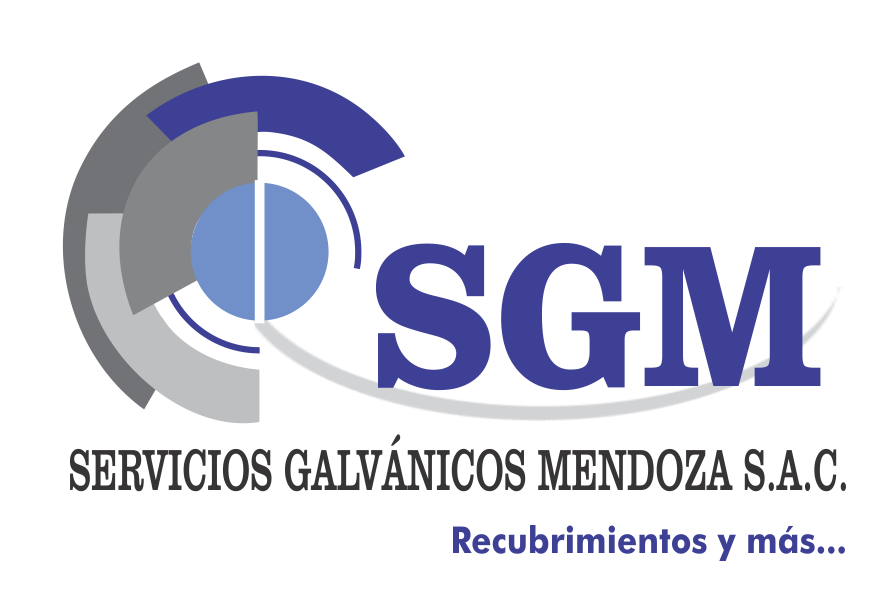The fresh new biparental http://www.datingmentor.org/dominicancupid-review/ microsatellite dataset didn’t inform you people tall presence of genotyping problems shortly after Bonferroni alterations
Good), mean number of effective alleles per locus (NAge), expected (HE) and observed (HO) heterozygosity, estimations of the inbreeding coefficient (FTry) and allelic richness with correction to equal sample size (ARoentgen) were computed in FSTAT 2.9.3.2 . FSTAT uses rarefaction to standardize sample size of allelic richness to the N of the smallest group in the data set, which is 20 in this study. The number of private alleles (NP) was determined in GenAlEx 6.5 . Deviations from Hardy-Weinberg equilibrium (HWE) and Linkage Equilibrium (LE) were tested in GenePop 4.0 , using exact tests and MCMC simulations with 100 batches of 1000 iterations. Factorial correspondence analysis (FCA) was performed in Genetix 4.05.2 . The Bayesian clustering method implemented in the program STRUCTURE 2.3 was used with an admixture model and correlated allele frequencies to detect substructure in the data, assign individuals to clusters and identify potentially admixed genotypes. The optimal number of clusters (K) was set by running the program from K = 1 to K = 5, with 10 repetitions of 1 000 000 MCMC chain steps after a burn-in period of 100 000 steps for each K. STRUCTURE results were visualized in STRUCTURE HARVESTER implementing the method of Evanno et al. . Graphical output was performed in DIs actuallyTRUCT 1.1 .
Contemporary effective population size (Ne) and 95% confidence intervals (CI) for CSW were estimated using, as single-sample estimator, a bias-corrected version of the linkage disequilibrium method as implemented in the software NeEstimator v.2.0 . This method uses multilocus diploid genotypes from a given population to obtain precise estimates of Ne with non-overlapping generations by using 10–20 microsatellite loci (5–10 alleles/locus) and samples of at least 25–50 individuals, if the effective population size is less than approximately 500 . NeEstimator was run using the 79 CSW and considering a PCrit value (for screening out rare alleles) of 0.02, which was recommended as the value ensuring the most precise and less biased results when working with microsatellites .
The effects of a population bottleneck on genetic variability parameters (NA, NE, HE, HO) in CSW were simulated using the program BottleSim v.2.6 , aiming to understand how the demographic aspects of the breeding process that led to Czechoslovak Wolfdog has modified the genetic variability from the two source populations. Because the genotypes of founder individuals were not available, in order to have a representation of the genetic variability of the two source gene pools, we started from the genotypes of the 20 GS and the 28 CW to simulate genotypes after 25 generations of mating using the various parameters, including diploid, multilocus, variable population size, non-overlapping generations, random mating system, eight years of expected longevity, age at reproduction of 1 year and sex ratio 1/1.
The new simulated genotypes gotten just after 25 years were used evaluate its genetic variability using some time and with that off a bona-fide CSW populace. Eventually, Ne is actually recalculated for the NeEstimator to help you discover in the event that fake selection you’ll enjoys triggered a loss in heterozygosity otherwise alterations in allele wavelengths in every significant way.
Performance
The brand new alignment of 79 mtDNA sequences out of CSW individuals exhibited the fresh thickness regarding just two type of haplotypes. Twenty two animals transmitted CSWA and you will 57 sent CSWB haplotypes, hence differed by half dozen mutations out of both [GenBank: KJ776748 and you will KJ776749]. Investigation in the GenBank showed that one another mtDNA haplotypes based in the CSW have been shared with most other domestic breeds however having wolves.
Y-linked microsatellite variability analyses showed the presence of only a couple haplotypesin CSW, you to definitely shared with GS and another private (Dining table step 1).
All the samples, including the 25 non-invasive samples, provided distinct multilocus genotypes at autosomal microsatellite loci. All of the 39 autosomal microsatellites were polymorphic in CSW with a total of 188 alleles. Mean NA across all loci was 4.82 and ranged from 2 to 8 alleles per locus. The total number of NP was 20, and none of the private alleles were shared with CW or GS. Average FIs actually was 0.004, mean HO = 0.5420, mean HE = 0.5409 and mean AR = 3.751 in CSW (Table 2). While CW carry the highest number of NP (NP = 60) and their AR is the highest among the studied groups (AR = 4.626), they have the largest differences between HE (HE = 0.6404) and HO (HO = 0.691); thus, their FWas (FIS = 0.069) is slightly elevated compared to GS and CSW (Table 2).

Comentarios recientes